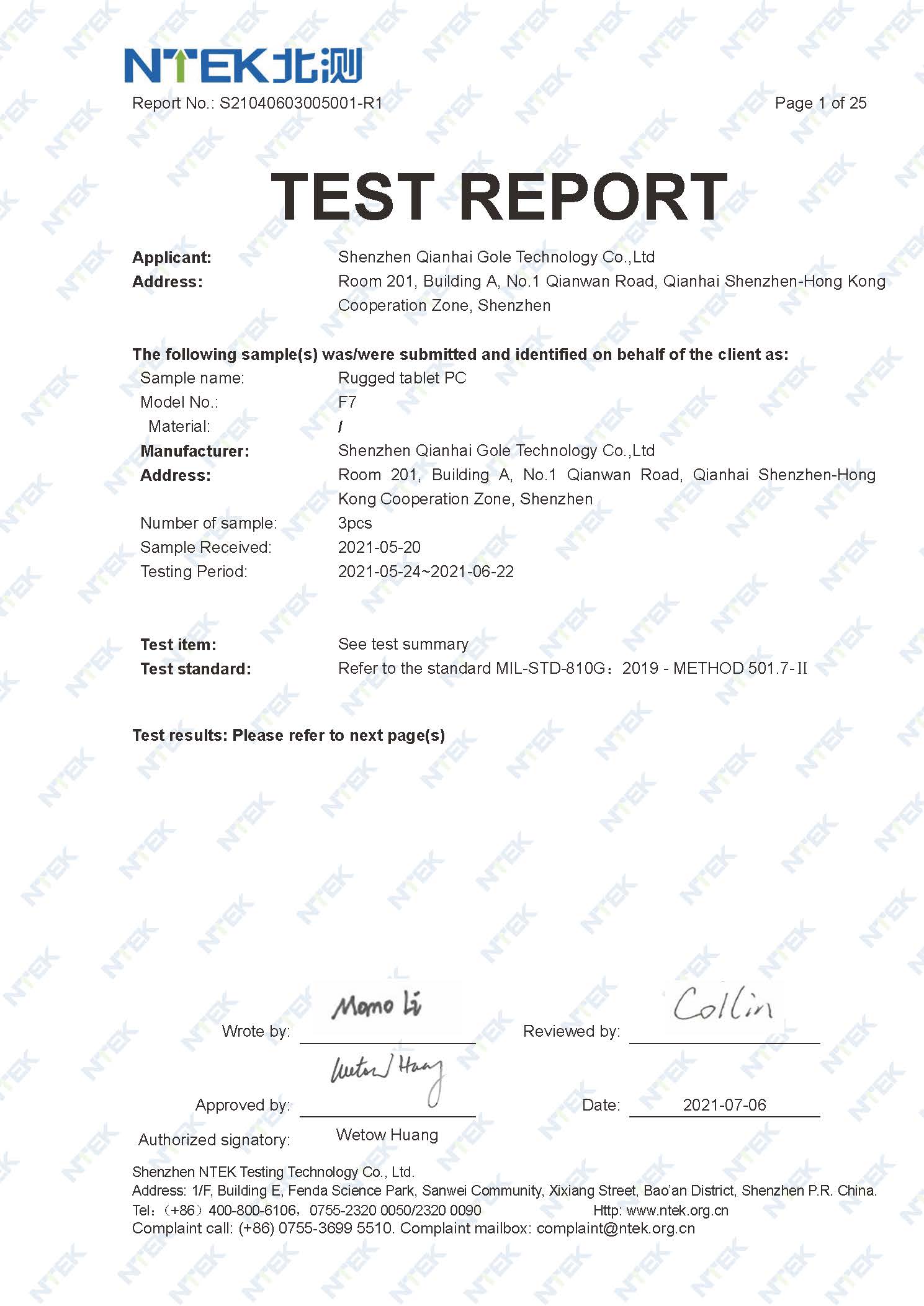MIL-STD is just an acronym for military standard.
In the United States, military standards, or defense standards, are enforced by the U.S. Department of Defense and maintained by the Air Force, Army, and Navy.
If a product is MIL-STD-certified or MIL-STD-compliant, that product is compliant with certain requirements and standardization objectives set forth by the DoD.
According to the DoD, the purpose of military standards is to ensure the interoperability and commonality of products and equipment used in military applications.
MIL-STD-certified products are usually designed to survive in extreme environmental conditions. This process is known as usually referred to as environmental stress testing, compliance testing, or ruggedization, which means to “strengthen for better resistance to wear, stress, and abuse,” according to Merriam-Webster.
Military standards are a vital part of product development for companies that sell equipment to the military, which needs to ensure that such equipment can sustain and continue operating properly in the face of extreme environments that could cause damage or malfunction.
MIL-STD is also sometimes referred to as a MIL-SPEC, which stands for military specification. When shopping for or reading about MIL-STD-certified computers, you’ll often see them referred to as a MIL-SPEC server, a MIL-SPEC workstation, or just "MIL-SPEC computer." This just means that they meet some sort of military specification, such as MIL-STD-810.
MIL-STD-810, officially entitled "Environmental Engineering Considerations and Laboratory Tests," is a military standard that outlines the testing and design requirements of equipment used by the military to verify the equipment's ability to sustain environmental stress incidents throughout its life cycle.
Some of the test methods and procedures that a MIL-STD-810-certified product may undergo include but are not limited to mechanical shock, vibration, temperature, low pressure (altitude), humidity, fungus, salt fog, and explosive atmosphere.
Testing and certifying equipment to these and other harsh conditions lets military contractors know that the products they’re purchasing are durable, reliable, sustainable, and fit for a solution that's being sold to the DoD for use in extreme environments.

The photo is for a test that a MIL-STD-810-certified rugged computer might undergo is the rain test, which assesses reliability in environments that receive a lot of rainfall, such as the Amazon Rainforest. It also tests for water spray or dripping during storage, transport and operation.
What tests are included in MIL-STD-810G testing?
MIL-STD-810G is the precursory revision to MIL-STD-810H, the latest revision published in 2019.
The DoD published MIL-STD-810G in 2008 and revised it in 2014.
MIL-STD-810G is divided into three parts:
Environmental Engineering Program Guidelines
Laboratory Test Methods
World Climatic Regions – Guidance
Test methods are what interest most contractors. A MIL-STD-810G-certified server may undergo a combination of assessments for resistance to gunfire shock, pyroshock, acoustic noise, immersion, contamination by fluids - any of the methods listed in document. Each of these methods include one or more testing procedures that allow test engineers tailor an assessment to a product's end environment.
For example, MIL-STD-810 immersion testing measures equipment's performance and durability while partially or totally immersed in water; therefore, the Navy might be interested in ensuring that a product they're purchasing is certified to this standard.
Higole rugged tablet is certified with MIL-STD-810G: 2019 - METHOD 501.7-Ⅱ. If you are interested in it, welcome to contact us for further information.
